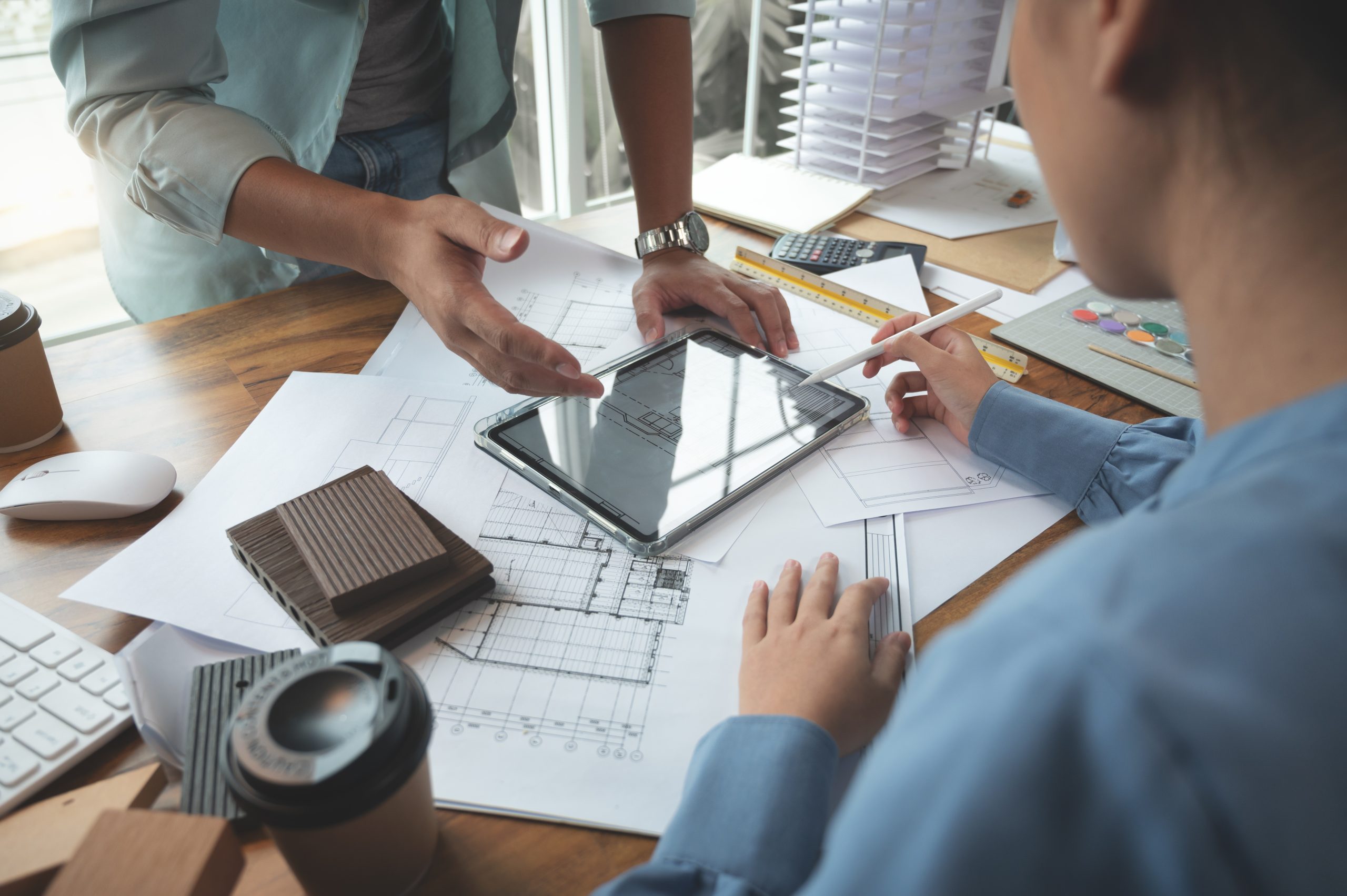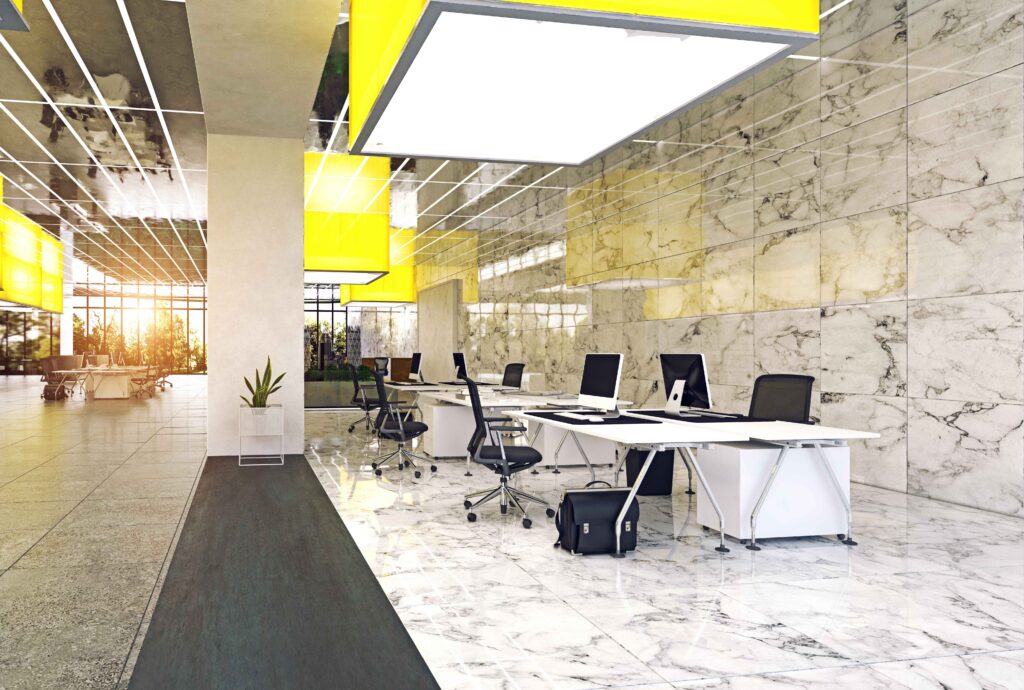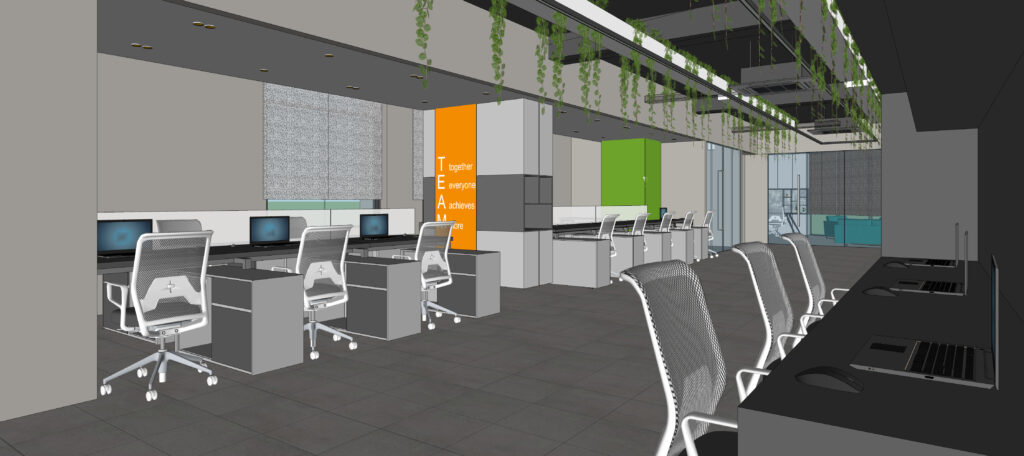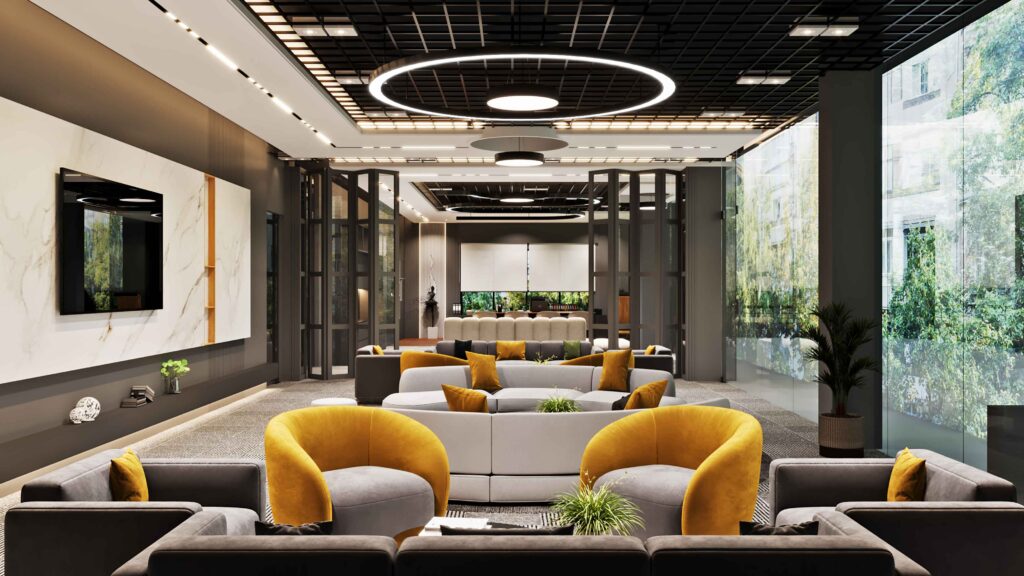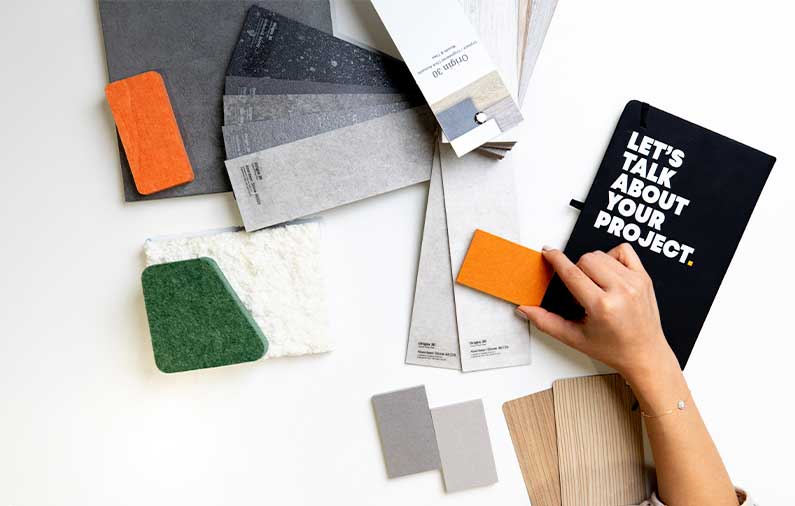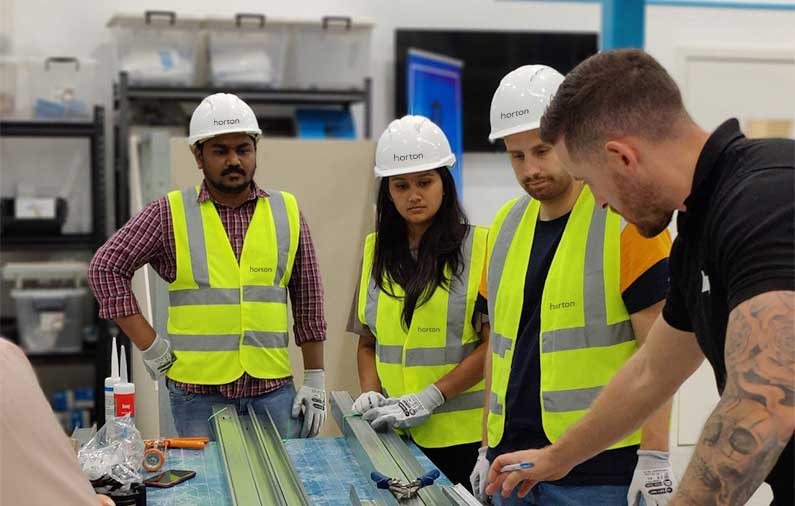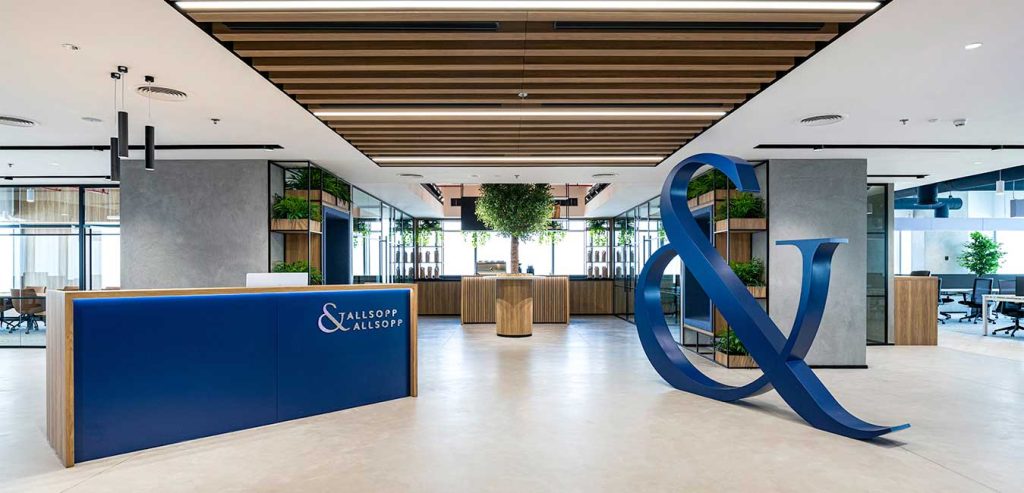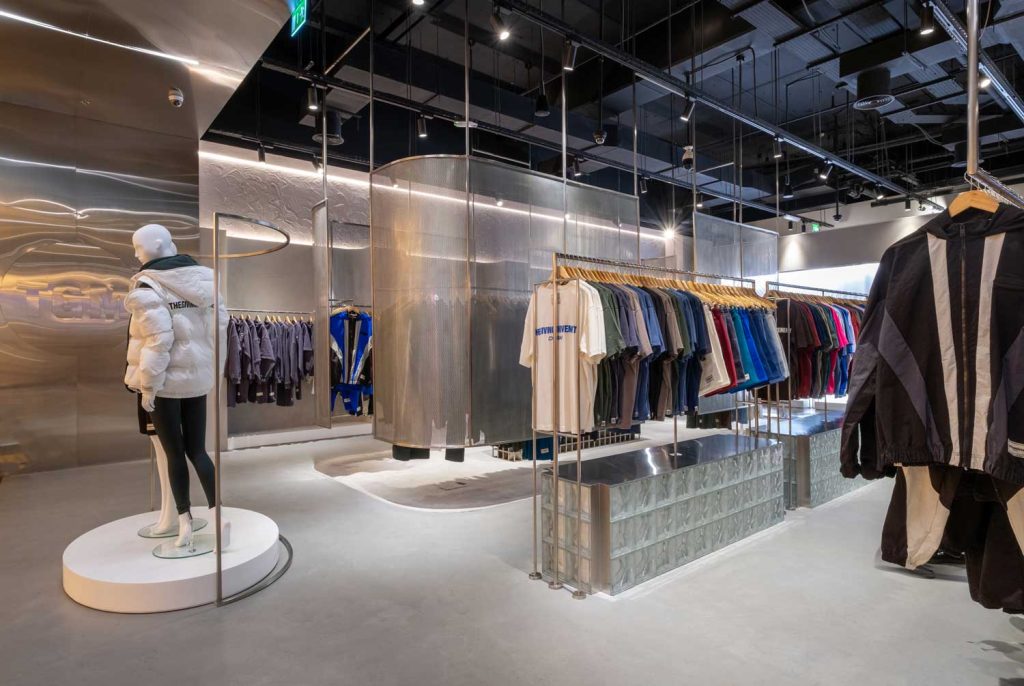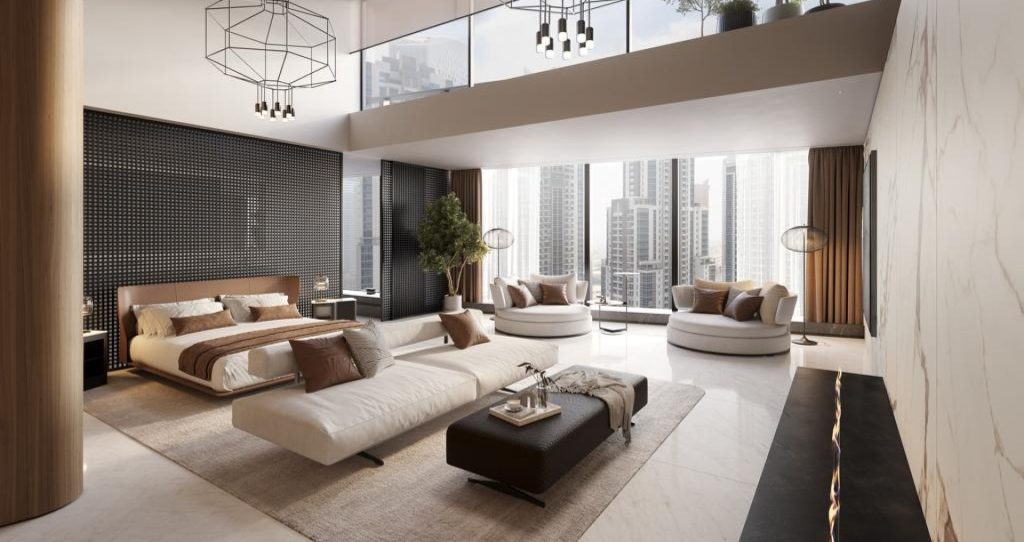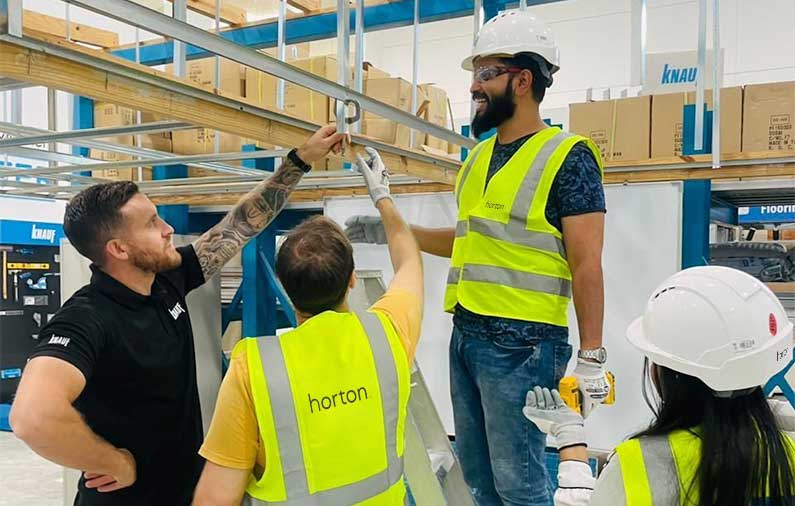Top Trends in Education Design
As designers, we must keep up with the constantly-evolving nature of our world to stay relevant and in tune with end-user requirements. Like many other industries, the education sector has been severely impacted by changes over the past few years, when over 90% of students globally were locked out of classrooms by April 2020. Since then, the modern schooling system has had to move fast to find solutions for the “new normal” and cater to unforeseen demands shaping education’s future.
One of the most significant shifts is student-focused learning, which puts students’ needs at the epicentre of the education experience. The physical space of the classroom and where it directs attention affects how students engage in their classes. For example, they may perceive auditoriums and lecture halls as passive spaces where they have to sit and listen without interacting. Sitting in circles, on the other hand, their attention is directed toward their fellow students, making it more conducive to discussion. These nuances require us to rethink old models of interior design.
Schools have also embraced the gamification of learning, where elements of gaming, Metaverse, digital platforms, and VR are incorporated into educational content to make learning more relevant, engaging, and enjoyable. Technology-enhanced classrooms are becoming the norm, and collaborative learning has created the need for flexible modular furniture and multi-purpose spaces. Whether designing for schools, universities or colleges, the core elements of access, space, sensory awareness, enhancing learning, adaptability, health and safety, and sustainability remain the same.
The role of sustainability
Sustainability is not just an add-on but a key preliminary factor. It plays a significant role in designing educational spaces that are environmentally conscious and socially responsible while also providing a healthy and productive learning environment. Best practices include:
- using environmentally friendly materials
- integrating energy-efficient systems
- incorporating natural light and ventilation
- promoting wellness and safety
Facilities designed with sustainability in mind can also help foster environmental awareness among students and faculty.
Hybrid learning spaces
Educational institutions have had to adapt their spaces to accommodate hybrid learning, leading to a focus on multi-functionality. Classrooms need to accommodate both in-person and virtual teaching using furniture and technology that can be easily rearranged. In addition, hybrid learning requires access to high-speed internet and audio-visual equipment. This means schools must invest in technology infrastructure and ensure the space is equipped with the necessary hardware and software to help students maximise their learning potential.
Health and safety should also be top of mind, with improved ventilation, touchless technology, and physical distancing. Overall, hybrid learning has increased the need for flexible, adaptable, and technology-rich educational features that prioritise the well-being of their users.
Renovation versus new build
By going through rigorous, in-depth, and effective planning, design teams can guide clients through a point-by-point analysis of things to consider when assessing whether to renovate or build new.
Renovating tends to be cheaper and it allows for further expansion in the future. Well-planned renovation work can be undertaken in phases while the school remains open; however, it can also be time-consuming and cause a degree of disruption day-to-day. New builds have all the potential to be state-of-art, but stripping out the existing services, building new systems, and investing in technology can provide just as good an environment as you would find in a new facility. Ultimately, it comes down to a combination of factors that should be decided on an individual basis.
Maximising opportunities in the sector
As with everything, success lies in achieving a balance. Contemporary schools should keep flexibility and innovation at their heart, where on some days, students may prefer individual study and other days interacting in groups. Bespoke design and ingeniously constructed furniture mean that entire classrooms can be repurposed instantly, ensuring that the highest quality of education is on offer to all pupils. And it’s not just the pupils who benefit from innovation. By providing a flexible environment in which to deliver lessons, alongside a range of inspiring equipment and technology to reinforce teaching points, educators have more freedom to excel.
Prioritising sustainability and wellness, combined with well-thought-out concepts and a compelling story, will enable design firms to shine. Building strong relationships with educational institutions can lead to repeat business and help firms establish themselves as trusted partners. This can be achieved through a combination of excellent customer service, high-quality work, and a deep understanding of the unique needs of the educational sector. To unify the brand philosophy, the aim is to reinforce the school’s offering and maintain a common design language across the virtual, digital, and physical space. By focusing on these areas, interior design firms can maximise opportunities in the educational sector and help create inspiring, functional, and sustainable learning environments.

